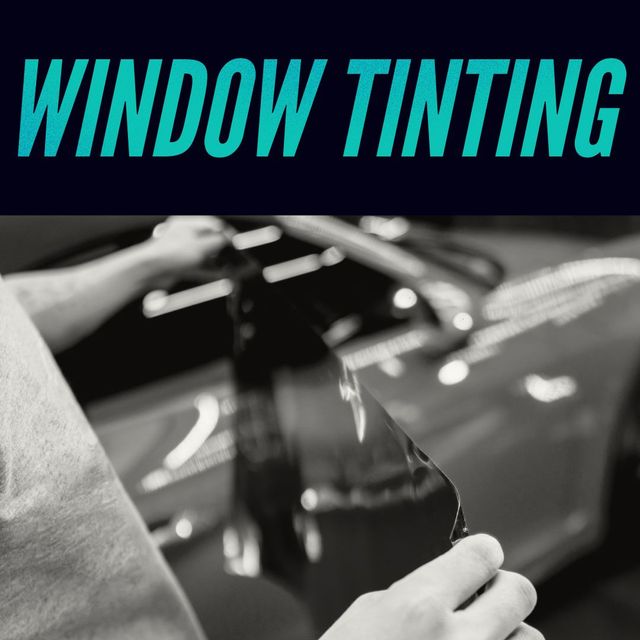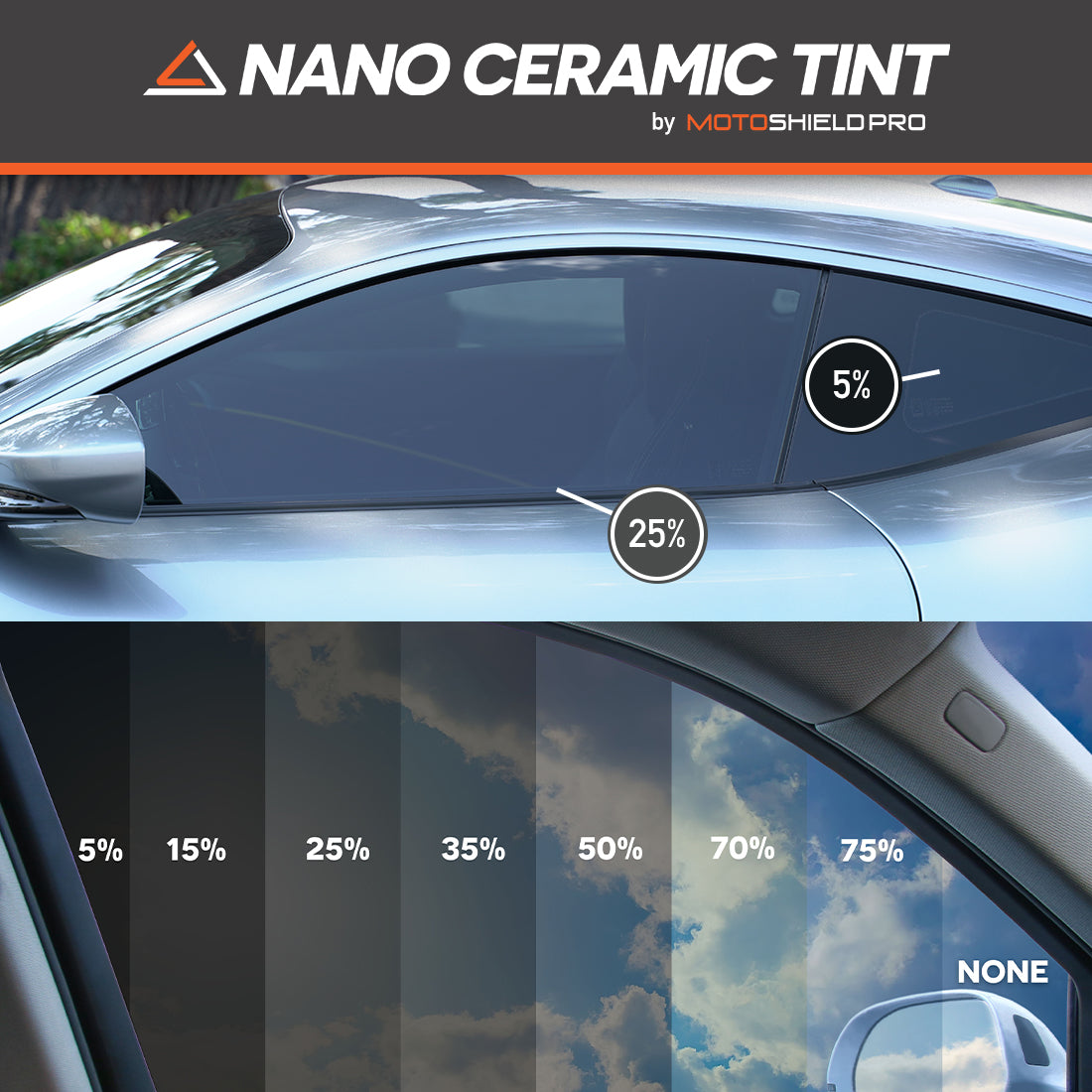Everything You Required to Learn About Auto Window Tinting Options
Everything You Required to Learn About Auto Window Tinting Options
Blog Article
Window Tinting Rules and Guidelines: What You Required to Know Prior To Tinting Your Automobile
Before proceeding with home window tinting for your vehicle, it is necessary to acquaint yourself with the varied regulations and standards that govern this method throughout different states. These policies determine the allowable levels of color darkness, often measured by noticeable light transmission (VLT) percentages, and consist of details stipulations for front windshields targeted at guaranteeing roadway security. In addition, particular territories might supply medical exemptions for individuals with certifying conditions. Comprehending these complexities can conserve you from possible legal ramifications, yet what are the particular guidelines in your state?
Overview of Home Window Tinting Rules
Home window tinting laws are often based on variation across various territories, showing local regulations and safety and security factors to consider. These legislations dictate the acceptable degrees of tint darkness and reflectiveness on lorry windows, making certain that chauffeurs preserve sufficient visibility while additionally protecting against unsafe UV rays and warmth.
A lot of laws identify home window tinting based upon the Visible Light Transmission (VLT) portion, which shows the quantity of light that can travel through the window. Normally, lower VLT percents symbolize darker tints. Laws commonly distinguish in between the front, side, and back windows, with stricter limitations used to the front windshield to improve security for both the chauffeur and other road customers.
In addition, some territories impose limitations on the reflectivity of the tint, stopping extreme glow that might harm presence. Exemptions to these laws may exist for individuals with particular medical conditions calling for additional sun defense. Conformity with home window tinting laws is critical, as offenses can cause penalties, necessary elimination of the tint, and prospective rises in insurance premiums. As a result, it is crucial for vehicle proprietors to acquaint themselves with regional regulations prior to waging home window tinting setups.
State-by-State Tint Laws
Understanding the certain window tinting laws in each state is crucial for car proprietors seeking to abide by the law. Each state in the U.S. has established its own set of regulations controling window tinting, which can differ substantially. These laws usually dictate the allowable degrees of color darkness, the kinds of windows that can be tinted, and any kind of medical exceptions that may use.
For circumstances, states like The golden state have strict restrictions on tint darkness for front home windows, while others, such as New Mexico, may allow darker colors. Additionally, particular states mandate particular presence portions for different home windows, including the windshield, front side windows, and back home windows. It is crucial for auto proprietors to familiarize themselves with their state's regulations to avoid potential penalties or fines.
Moreover, some states may need a qualification sticker label to be placed on colored home windows, indicating conformity with state laws. Failing to follow these regulations not only runs the risk of legal repercussions however can likewise influence security and exposure while driving. Automobile proprietors ought to conduct extensive study or speak with local authorities to ensure complete understanding and conformity with state-by-state tint policies.
Allowed Color Levels and Types
Lots of car owners might be amazed to learn that permitted color degrees and kinds differ commonly throughout various states. Each state has actually developed its own laws relating to the acceptable darkness and reflectivity of window tint, usually gauged by Visible Light Transmission (VLT) percents. VLT refers to the amount of light that can pass through the tinted home windows; therefore, a lower percentage indicates a darker tint.

Additionally, the sorts of tint materials enabled can vary, with some states prohibiting metal or mirror-like coatings. It is essential for automobile owners to familiarize themselves with their state's specific laws to make sure compliance. Non-compliance can lead to penalties, mandatory sites elimination of the color, or various other legal effects, making it imperative to understand these policies prior to waging installation.
Medical Exceptions for Tinting
While not all states offer allocations for clinical exceptions concerning window tinting, those that do recognize the requirement for details individuals to improve presence and convenience due to medical conditions. Numerous clinical problems, such as lupus, skin cancer, and particular eye problems, can make individuals particularly delicate to sunshine. Consequently, these people may need darker colors to secure themselves from unsafe UV rays and glow.

It is very important to keep in mind that despite having a clinical exception, there might still be restrictions on the degree of tint allowed. Conformity with state regulations makes certain that people are both safeguarded and within lawful limits. Those considering clinical exemptions ought to contact their local Department of Electric motor Automobiles or comparable authority to understand the needs and procedures needed to obtain an exception effectively.
Fines for Non-Compliance
Failing to abide by home window tinting legislations can lead to considerable charges, which vary by state. Police are empowered to provide citations for cars that do not stick to the specified tinting policies. These penalties commonly include penalties, which can vary from small total up to a number of hundred bucks, relying on the seriousness of the infraction and the state in question.
In some jurisdictions, duplicated offenses may lead to intensifying penalties or added fines, such as mandatory court appearances. Additionally, non-compliance might demand the removal of unlawful tinting, typically at the proprietor's expense. In extreme situations, habitual offenders might encounter suspension of their car registration until compliance is achieved.
In addition, insurance ramifications may occur from obtaining multiple citations for window color offenses. Insurers might watch such infractions as an indication of riskier actions, possibly causing enhanced premiums or trouble in protection.
To prevent these penalties, it is important for automobile proprietors to acquaint themselves with their regional window tinting regulations and guarantee that their navigate to this site car complies (Window Tinting). This positive technique not just avoids lawful implications however additionally promotes roadway security
Verdict

Most regulations classify window tinting based on the Visible Light Transmission (VLT) percentage, which suggests the amount of light that can pass with the home window. Compliance with window tinting regulations is crucial, as infractions can result in fines, necessary removal of the tint, and potential increases in insurance coverage premiums.Understanding useful content the details window tinting laws in each state is crucial for vehicle proprietors seeking to conform with the legislation. These regulations usually dictate the allowable degrees of color darkness, the types of home windows that can be tinted, and any kind of medical exemptions that may apply.
For instance, states like California have rigorous limitations on tint darkness for front windows, while others, such as New Mexico, may permit darker tints.
Report this page